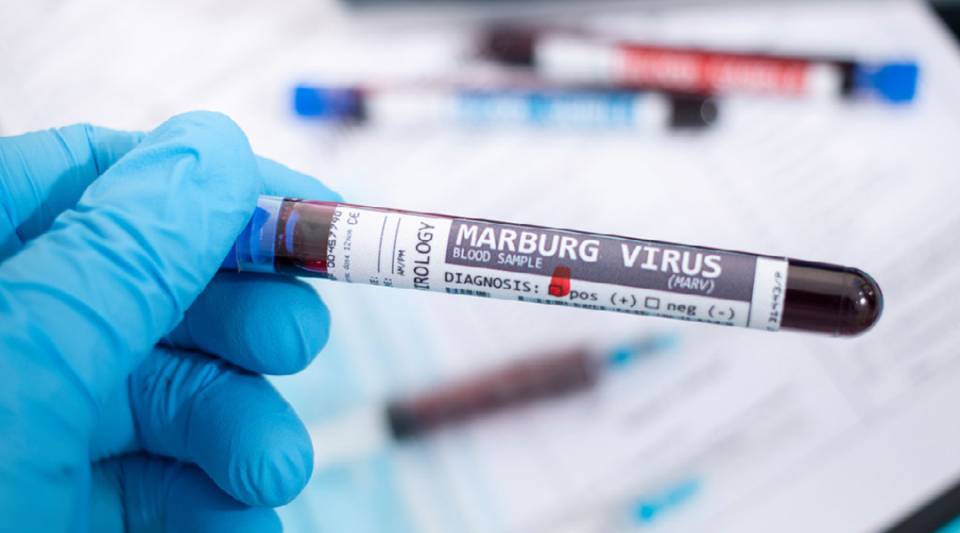The Marburg virus is a filovirus, very similar to Ebola, that causes haemorrhagic fevers that can be severe and, in some cases, cause the death of the infected patient. It is transmitted by person-to-person contact. So far, there have been no cases outside of Africa and the outbreak that was detected occurred in a remote area on the border between Gabon and Cameroon. At the moment, little is known about the number of cases or how the disease is evolving, but it is known that 16 contacts have been admitted to hospitals and 9 people have died. However, reaction has been rapid and forceful, with government teams preparing protocols so that every centre knows how to act if a case occurs in their country. There are controls on arriving flights and people who may be sick, while hospitals such as the Clínic are alert for any potential cases received.
The natural host of the virus is believed to be the fruit bat and in fact the migratory movements of these animals are being studied to see where the disease could spread. Other animals such as the green monkey can also transmit Marburg virus disease. During 1967, there were cases in Europe resulting from laboratory experiments with these animals. The virus can be transmitted to humans from these species. When a person is infected with symptoms, the disease can spread to other people by direct contact with their broken skin or mucous membranes, as well as secretions such as blood or body fluids. Both the Marburg and Ebola viruses can be transmitted sexually even months after the infected person has recovered. It can also be transmitted by indirect contact with contaminated surfaces and clothing, such as bedding and medical equipment, from people with symptoms.
The virus has an incubation period of 28 days and begins with symptoms that make it difficult to distinguish the disease; as it causes fever and malaise, like malaria and other diseases. After a few days, bleeding occurs, especially gastrointestinal; a typical symptom of the disease; while the biggest problem is the excessive loss of fluids suffered by the patient. Hospital ICUs in first world countries can restore this fluid balance; however, this is much more difficult in rural and poorer areas affected by the disease, where it is more likely to lead to complications. So far, it has been shown that rehydration and early treatment of symptoms reduce mortality.
There is still no approved treatment, but some vaccines have been successful in animal models and could be introduced in humans in the experimental phase. Some drugs similar to those used against SARS-CoV-2, such as Remdesivir, could also be tried; however, studies must be carried out to see if they can also work for the Marburg virus.
The first case of Marburg virus disease was detected in Uganda in 1967, with 24 cases and a mortality of 20%. Cases of the virus were reported in Frankfurt, Germany, and Belgrade, Serbia, associated with laboratory experiments on African green monkeys imported from Uganda. Smaller outbreaks appeared later before the largest occurred in the Democratic Republic of the Congo in 1998, when 154 people were infected with 83% mortality, and 7 years later in Angola, with 250 patients and 90% mortality. Since then, there have been sporadic cases.
The first contagion may have occurred as early as January; however, all Marburg outbreaks have been limited compared to Ebola, whose largest and most complex outbreak since the virus was discovered, in 1976, occurred in 2014. To ensure there are no secondary cases of any virus, 4 weeks must have passed since a case was last detected; with 42 days passing before an outbreak can be declared under control. The number of cases is still not well known, but action is being taken quickly. It affects an isolated, rural area with fewer people, which is positive in terms of the number of infections. In addition, restrictions on movement are being implemented in Africa. Over 4,000 people are in quarantine, and about 20 are being monitored after being in close contact with infected people.
We must wait to see how the virus evolves, but it should not be cause for alarm for now. In addition, the COVID pandemic left a learning experience; with better response capacity and management of present and future epidemic situations.







